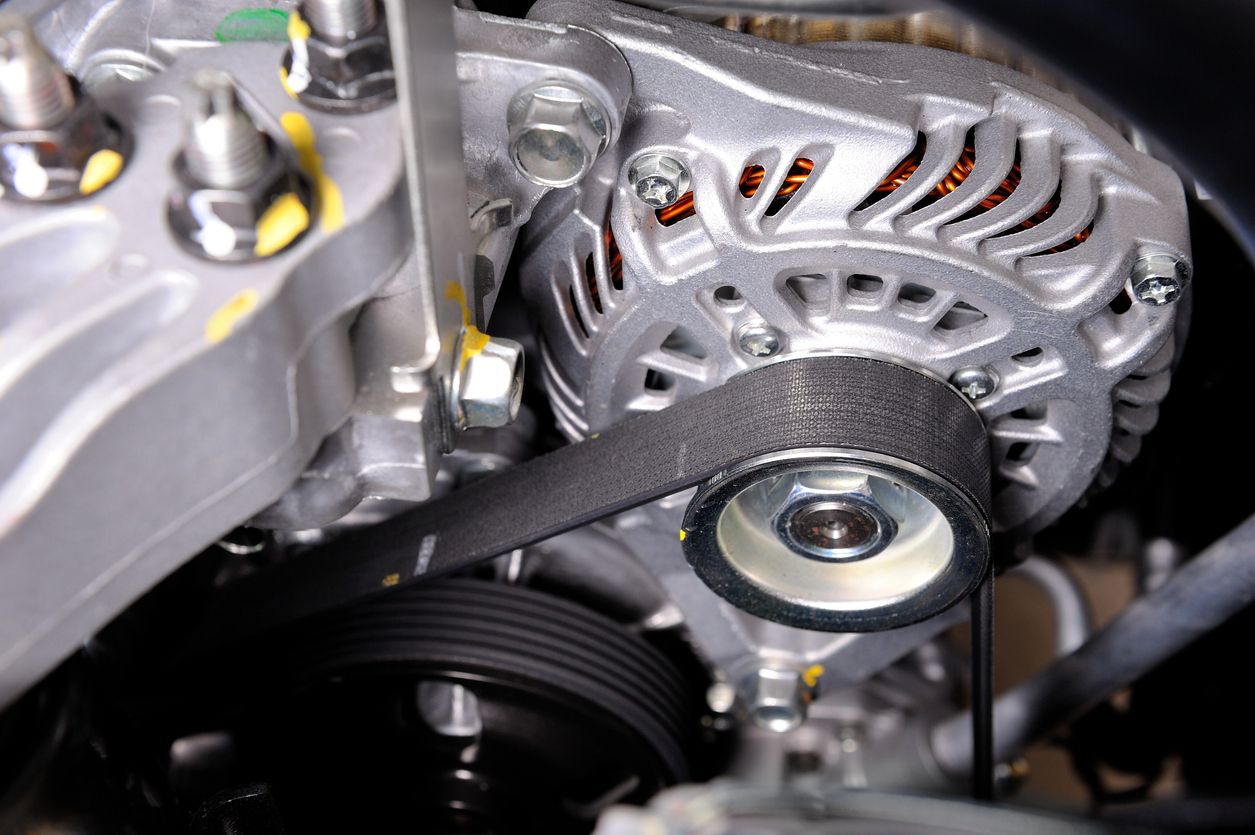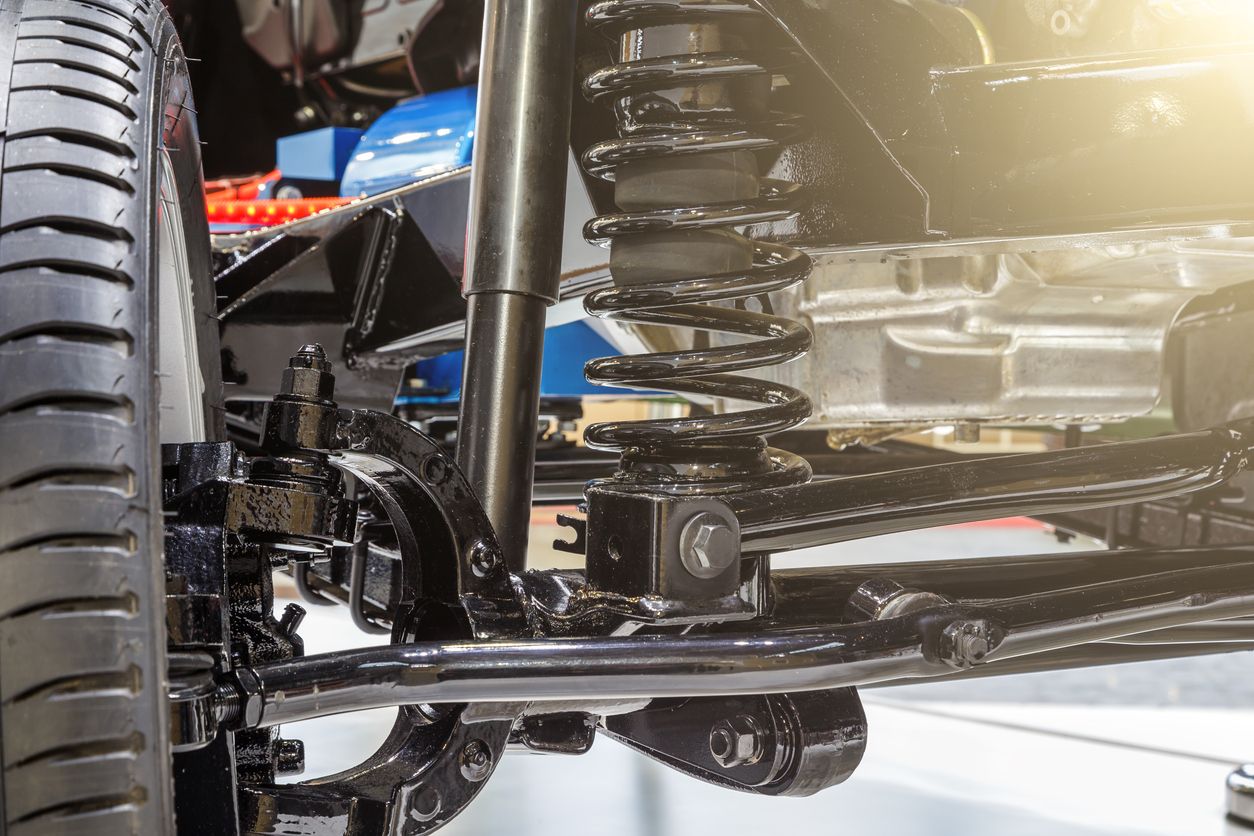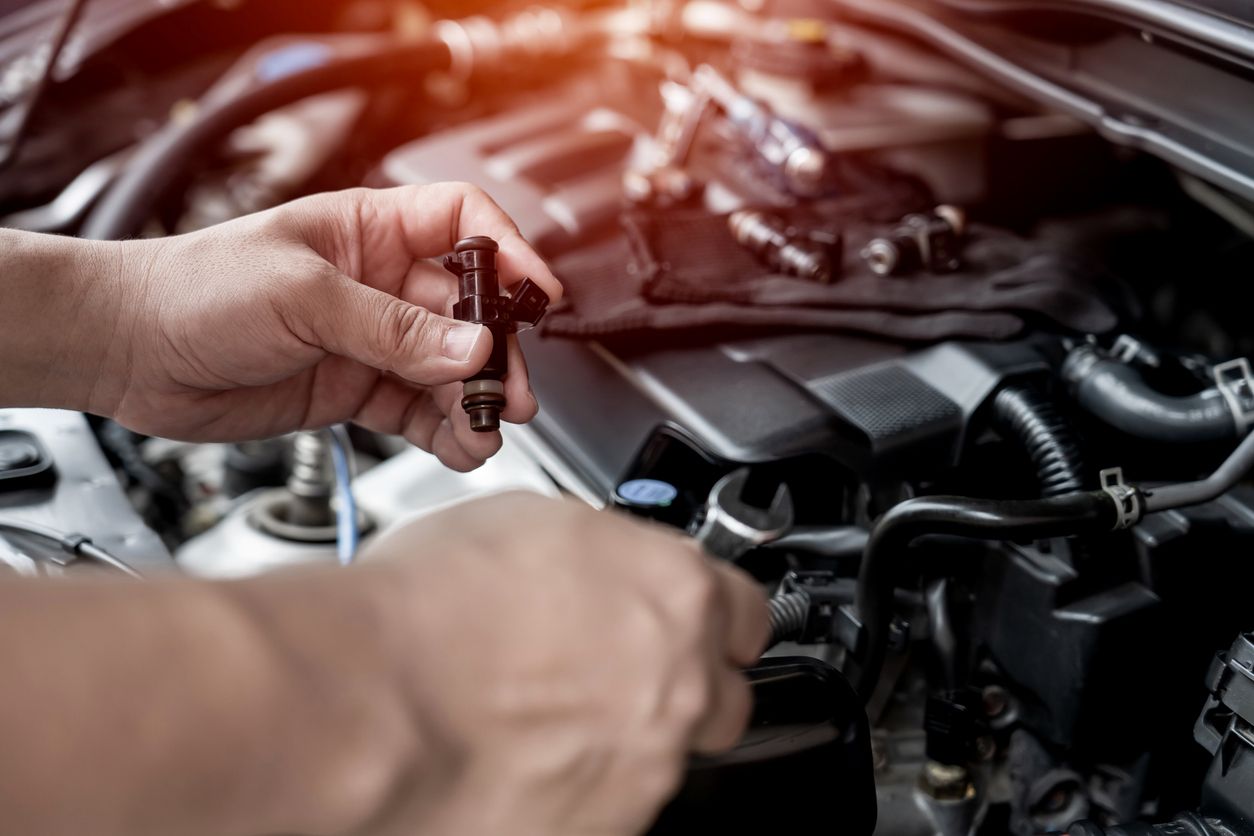Key Takeaways
- Serpentine belts and timing belts play different roles in your vehicle's functionality.
- Serpentine belts distribute energy from the engine to various accessories, while timing belts ensure the engine’s intake and exhaust valves open and close at the right time.
- Failing serpentine belt symptoms include dead batteries, overheating, loss of power steering, and more.
- Failing timing belt symptoms include an engine shut off, misfiring, oil leaks, and more.
Understanding the differences between a serpentine belt and a timing belt is crucial when maintaining your vehicle. Though these components might sound similar, they play very different roles in your car’s performance and longevity. Here's your official serpentine belt vs. timing belt 101 course! We’ll explain their functions, how to ensure they’re in good condition, and what symptoms to watch out for if either fails.
Is a Serpentine Belt the Same as a Timing Belt?
Not quite! While both are essential to your vehicle, they serve very different purposes. The serpentine belt is a long, winding belt that distributes your engine’s rotational energy to various accessories, like your alternator, power steering pump, and air conditioning (A/C) compressor. On the other hand, the timing belt ensures that your engine’s intake and exhaust valves open and close at the proper intervals by synchronizing the crankshaft and camshaft.
Serpentine Belts
The serpentine belt is crucial to multiple systems within your car. By connecting your engine’s crank pulley to other various accessory pulleys, the serpentine belt provides power to your:
- Alternator, which charges the battery
- Power steering pump, which makes steering easier and more responsive
- Air conditioning compressor, which keeps you cool
- Water pump, which plays a major role in cooling your engine
- Other accessories, depending on the make and model of your vehicle
If you think that’s a lot of features riding on one belt, you’d be right — in fact, older vehicles had a belt for each accessory they needed to run. Individual belts meant that if one failed, you would lose the functionality of that one accessory, but the others would not be affected.
However, multiple belts consume a lot of engine power via friction. So, in the pursuit of performance and efficiency, many modern cars wrapped all of those belts into one “serpentine” belt — aptly named due to it snaking between different components.
How Can You Tell if Your Serpentine Belt is Bad?
A failed serpentine belt can cause several issues, including dead batteries, overheating, a loss of power steering, and more. But how can you identify a serpentine belt that hasn’t failed yet, but is on its way out? Here are some common signs of a failing serpentine belt:
- A Squealing Noise: If your serpentine belt is stretched out, it can produce a high-pitched squealing sound as it slips on various pulleys.
- Glazing: If the belt looks glossy on the sides or bottom, it’s typically a sign it’s slipping — either from improper tensioning, or wear.
- Burnt Rubber Smell: If a serpentine belt is slipping, friction is generated, which can slightly melt its rubber. When this happens, you may be able to smell burnt rubber while the engine is running.
- Cracking, Splitting, or Fraying: Visible cracks, missing chunks, separation of layers, or frays in your serpentine belt are signs that it could snap at any moment, leaving your engine accessories without power.
It’s typically recommended to replace the serpentine belt every 60,000–100,000 miles. However, this figure depends on the make and model of your vehicle, so we recommend consulting your vehicle’s owner’s manual for more information.
When in doubt, you can always come in for a Tires Plus vehicle inspection — our technicians have an eye for spotting potential problems before they have a chance to disrupt your commute.
Timing Belts and Chains
Depending on the make and model of your vehicle, it may contain a timing belt or a timing chain — but what’s the difference? They both serve the same purpose, but the material they are made from determines the name. If it’s made of rubber, it’s a timing belt, but if it’s made of metal, it’s a timing chain.
No matter the material, your timing belt connects your engine’s crankshaft, which moves its pistons up and down, to its camshaft, which opens and closes the intake and exhaust valves. By synchronizing these movements, the timing belt ensures your engine runs smoothly and efficiently.
Signs of a Bad Timing Belt or Chain
If the timing belt or chain breaks, your engine generally won’t have enough compression to start or continue running. If it manages to do so, its pistons may contact the valves, resulting in severe engine damage. To avoid either of those situations, keep an eye (and ear) out for these signs of a bad timing belt or chain:
- Check Engine Light: In modern cars, engine sensors may be able to detect a failing timing belt. When they do, your check engine light will likely illuminate.
- Ticking Noise: Missing teeth can cause the timing belt to slap or skip against the camshaft and crankshaft gears as it spins around them, resulting in a ticking sound.
- Misfiring: If the timing belt or chain slips, it can cause your engine’s intake and exhaust valves to open and close at incorrect intervals, resulting in misfiring — a phenomenon where one or more engine cylinders fail to combust. Popping or banging sounds typically accompany misfiring, which may feel like a sudden loss of power.
- Oil Leaks: Oil leaking from the front of your engine can indicate a timing belt cover problem, which could lead to belt failure down the road.
- The Engine Won’t Start: Timing belts generally fail under load, so you are more likely to experience an engine that suddenly shuts off than an engine that won’t start. Regardless, if you try to start or restart your engine with a broken timing chain, it is unlikely to do so.
So, how often does a timing belt or chain need to be replaced? It depends on their material! If you have a rubber timing belt, it will typically need to be replaced around 70,000–90,000 miles. Anecdotally, metal timing chains may last longer, but they can still stretch or break over time, so inspecting them around the same mileage as their rubber counterparts is recommended. However, these are general figures — always consult your owner’s manual for guidance tailored to your specific vehicle.
Notice any of these symptoms? Come to Tires Plus for engine tune-up and repair services — our trained technicians can diagnose critical engine components like timing belts and perform critical preventative and reparative maintenance if needed.
Seek Serpentine Belt and Timing Belt Assistance at Tires Plus
Regular inspection and timely replacement of your vehicle’s serpentine and timing belt can prevent major engine problems and keep your car running smoothly. If you notice any signs of a bad serpentine belt or timing belt, it’s time to consult professionals like the ones at your local Tires Plus. We offer complete vehicle inspections, engine tune-ups, and more. Schedule an appointment today!


